The programme of Handmade Boiler, from Loulé Criativo, was the starting point to reactivate this profession. After training, the four apprentices are now undergoing training, still supervised by master Analide Carmo. And the future looks bright: Mestre Ilídio's old store, on Rua da Barbacã, in Loulé, will open again so that all graduated students can practice «this art that we don't want to be lost».
The idea, explained to the Sul Informação by Graça Palma, from the company ProActiveTur, responsible for the Loulé Criativo project, is to have a «space where the boilermakers can work», not only creating a shop, but also «a space for workshops». The store has already been acquired by the Câmara de Loulé and is waiting for the four apprentices to go to the space, which, despite everything, is optional.
The forecast, given by Joaquim Mealha, a technician from the Loulé municipality, is that as of «January or February 2017», the four apprentices will be able to move from pots and cataplanas to Rua da Barbacã.
While this trip does not materialize, it is in some warehouses in the Municipality of Loulé that the process of improvement of apprentices, after the end of the course at the beginning of November, takes place.
In the improvised workshop where both copper and brass are worked, the stir is great: guided by the master Analide Carmo, the apprentices get down to business. You can see (many) hammers, compasses, squares, scissors… and the forge, where the fire is lit and the copper pieces are put down to later become more moldable. In the air, echoes the characteristic sound of the hammer hitting copper, which even forces aspiring boilermakers to wear ear protection.
Marco Cristovam is one of the apprentices of this “art”. Blacksmith by trade, he has even been considered the youngest person to exercise this office, as reported by the Sul Informação. Because he missed some sessions of the course, he is a little behind his colleagues in learning to be a boilermaker. “The fact that the training time has been extended is very good, because it is possible to learn better”, he says, with a smile on his face.
His objective, when attending this course, was to learn the craft… in order to be able to “complement” what he already knows about the art of blacksmithing. The fact that boilermakers – and their parts – are more easily associated with cataplanas or pots, for example, is something that Marco Cristovam wants to change. “These are older things,” he explains. So, “I want to take this in a more artistic way. Creating new things, such as sculptures, and escaping from the traditional», he adds, with conviction.
Either David Cabrita or Heinz-Jueren Cramer (the fourth trainee was not present when reporting on the Sul Informação) they also already have some past in this type of work. David is a carpenter, after having been a blacksmith, while Heinz also "works with iron and stones". This German traveled to the Algarve 16 years ago and, after the course, he confesses that he already feels able to make his "own pieces".
In this sense, David Cabrita is also already working on a piece of his: a watch. For now, it will cut and make the shapes of the future work. At first, like Marco, he thought he would want to add the art of being a boilermaker to what he already knew about carpentry. But… «I've already noticed that this, by itself, works», she says, wearing an apron.
All the pieces that aspiring boilermakers are making (and have already done) have a goal: «to be used in exhibitions or in small markets, like the ones we have on Avenida», explains, in turn, Joaquim Mealha.
Right in the middle of the workshop, working on a foundation for a future candlestick, is Analide Carmo. Through the master's hands now passes a base that will be used in a candlestick. Everything is done in detail: first the copper is beaten, then it is placed in the forge to make it more moldable, being cleaned with sulfuric acid, in order to remove the marks of the forge's fire.
The process "takes longer", but for the master Analide Carmo, these handmade pieces "are unique". “With the machine, we can have a part made in a few minutes, but it's not the same thing”, he says. However, in the XNUMXst century, will there still be people interested in buying this type of product? Mestre Analídio thinks so. And he gives the cataplana, “which is so fashionable”, as an example.
As for the course he teaches, he says it is “a very positive job”, since he doesn't want “that this job is lost”. And the boilermakers' going to Mestre Ilídio's old shop seems to be, in this sense, a good sign.
Still, this is not the only future goal for aspiring boilermakers. Joaquim Mealha says that it is also an intention "further on to link everything with gastronomy". Added to this, there is also the objective of being possible, in the future, to “order or repair parts”, he concludes.
See more photos here:
Photos: Pedro Lemos|Sul Informação
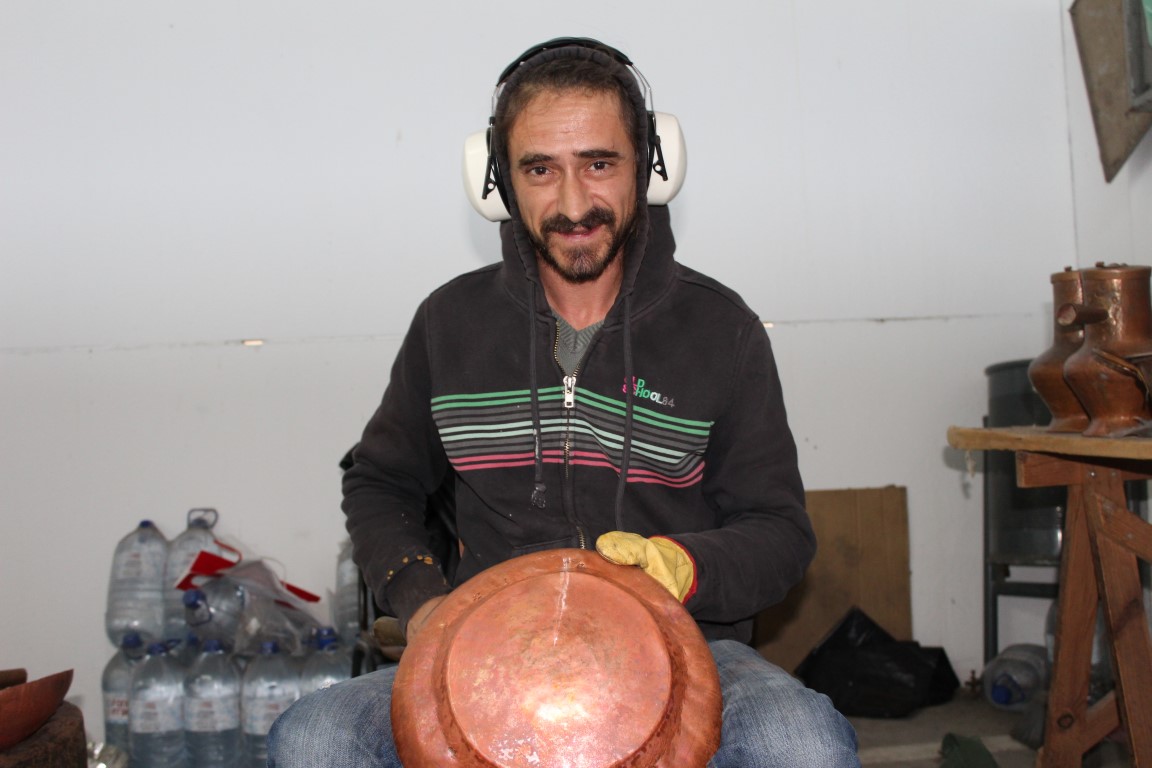
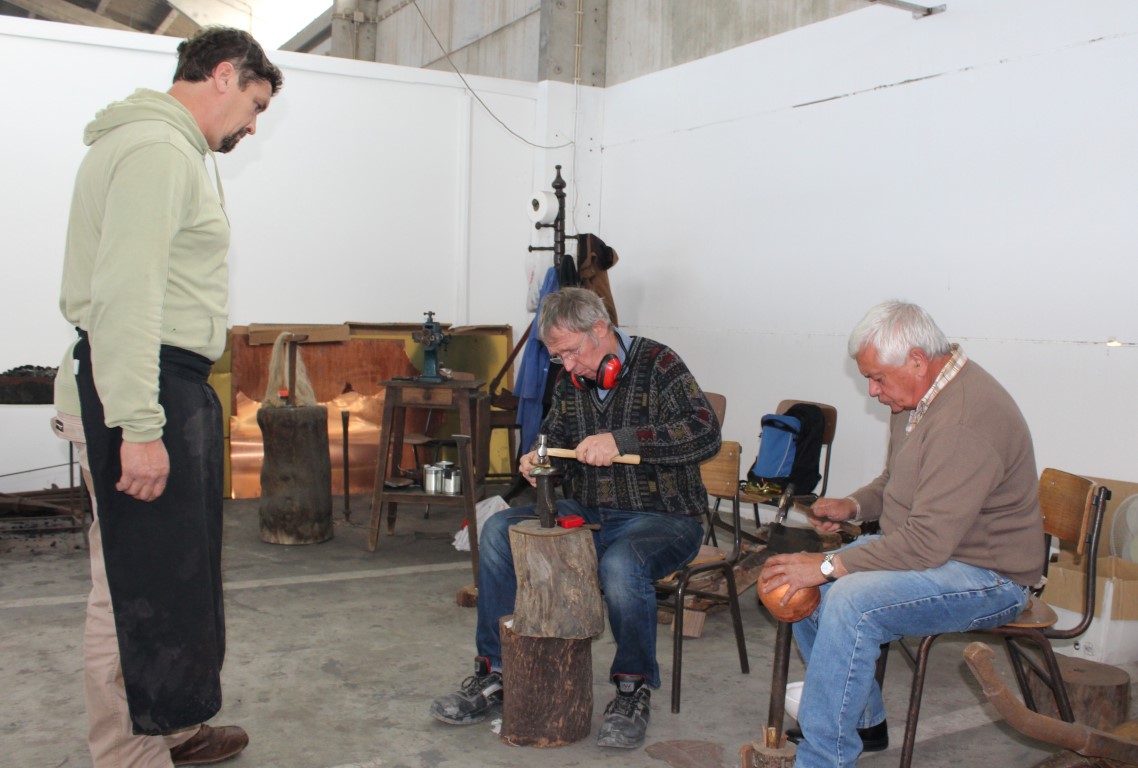
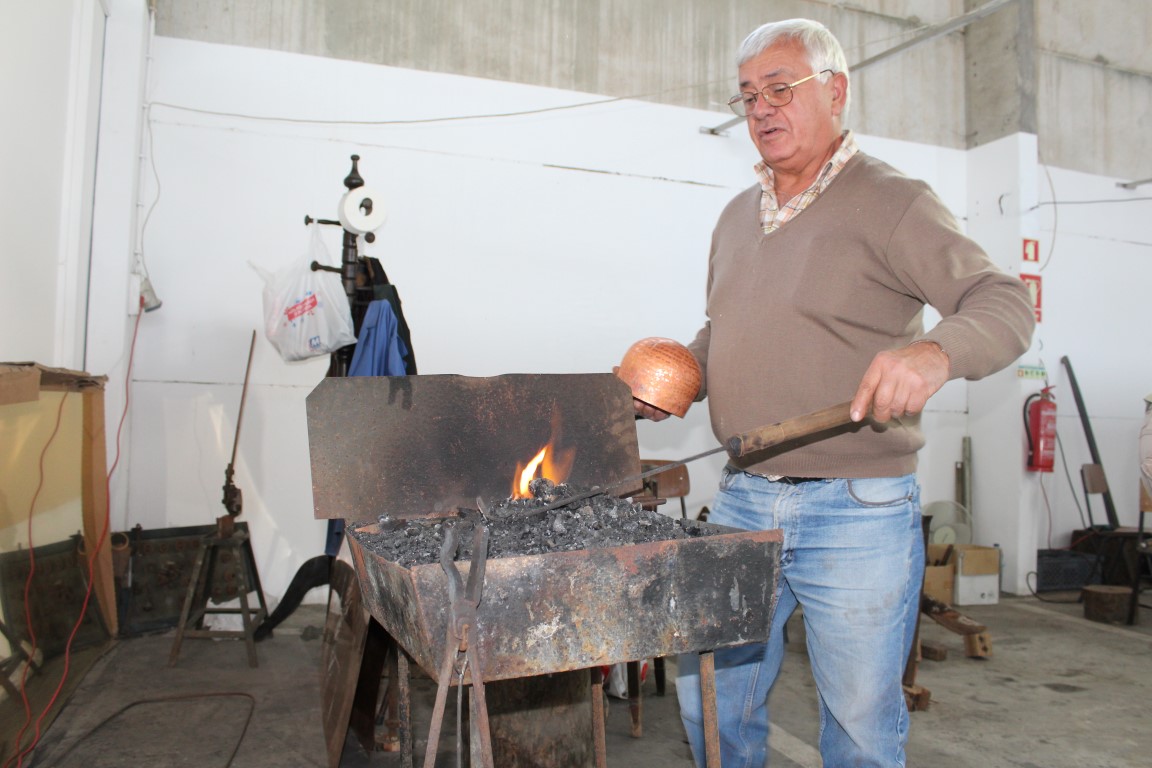
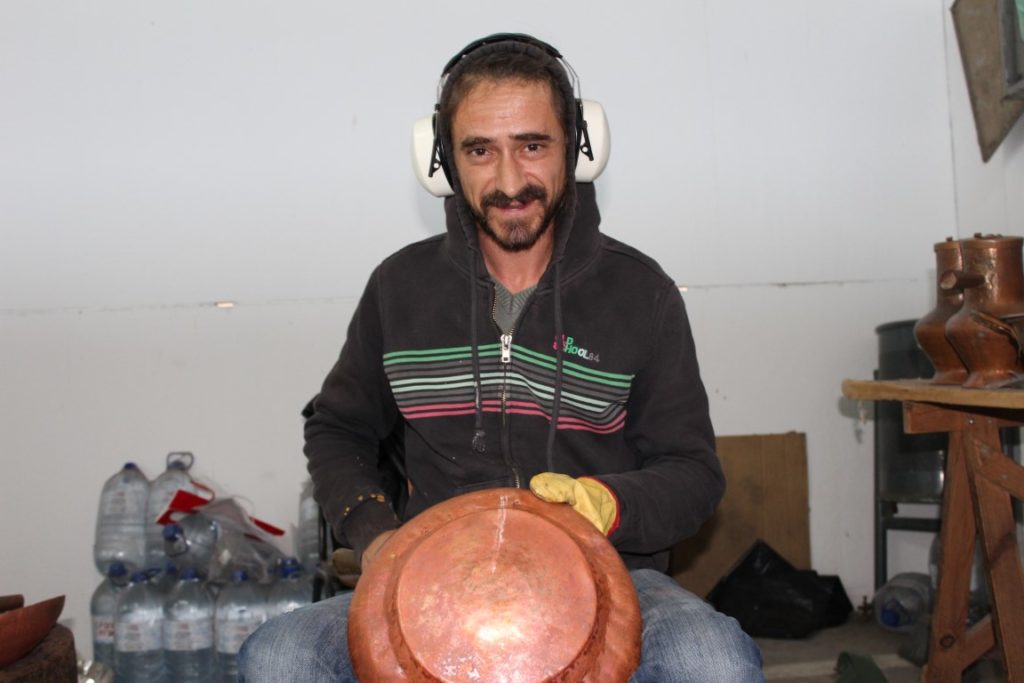
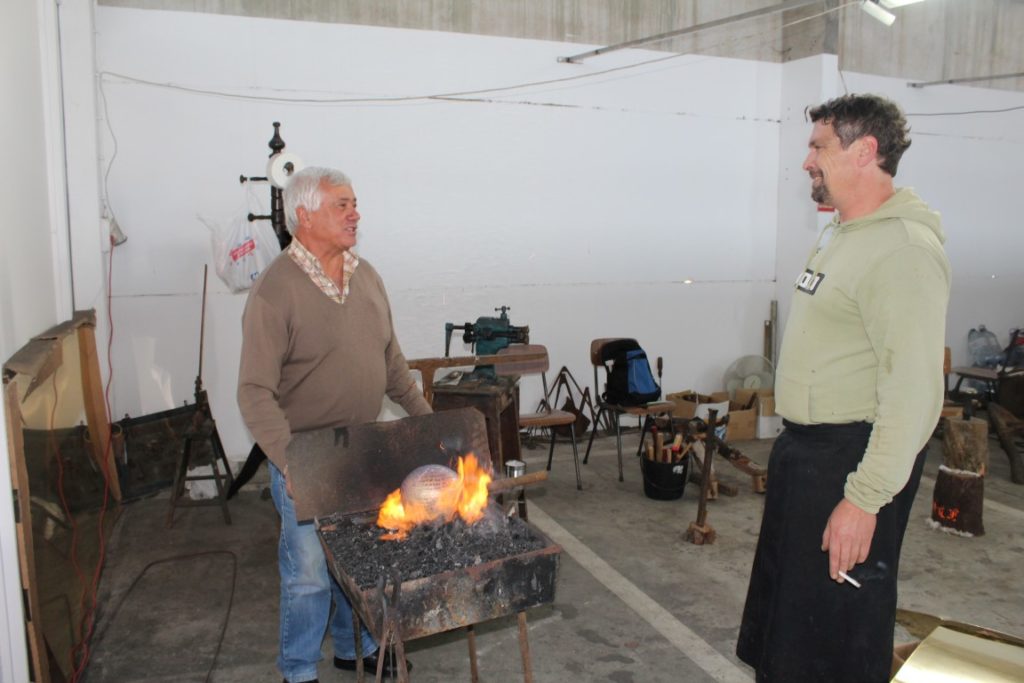
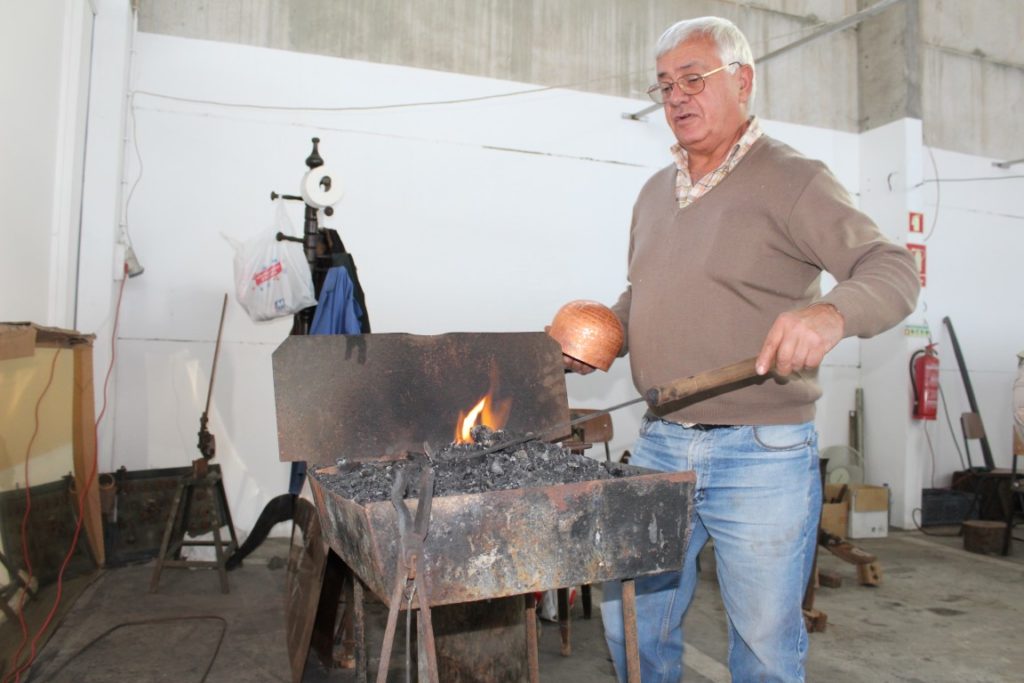
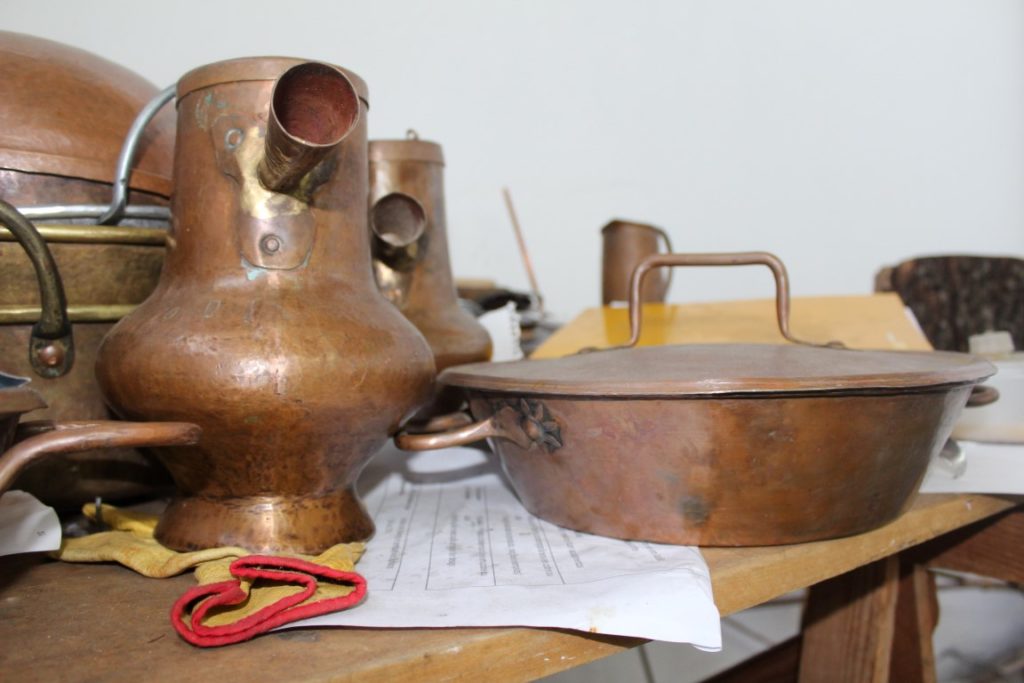
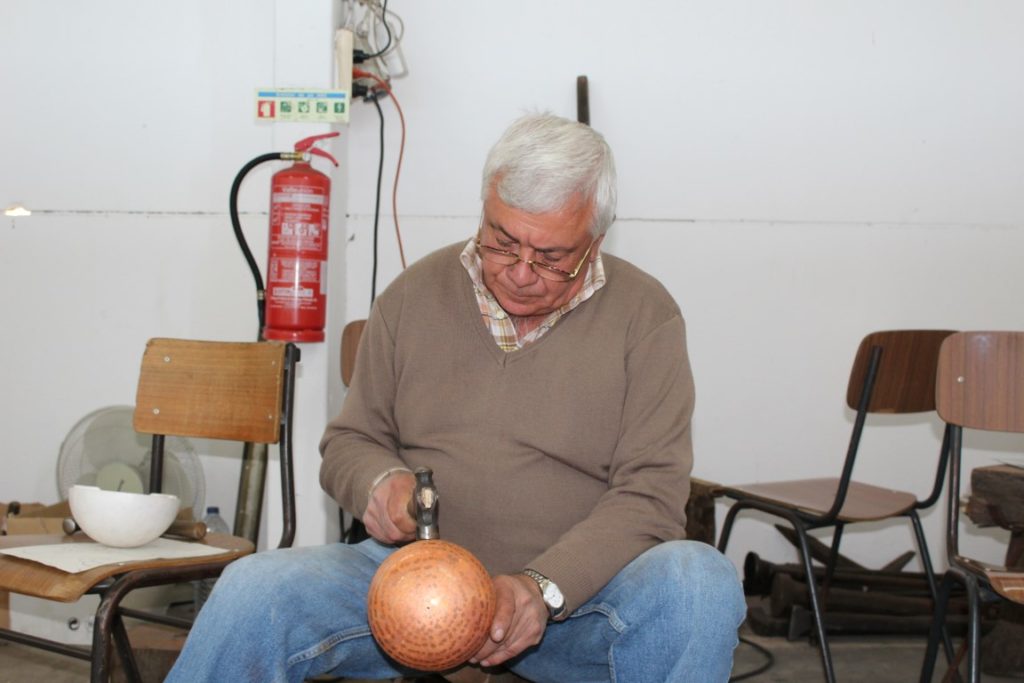
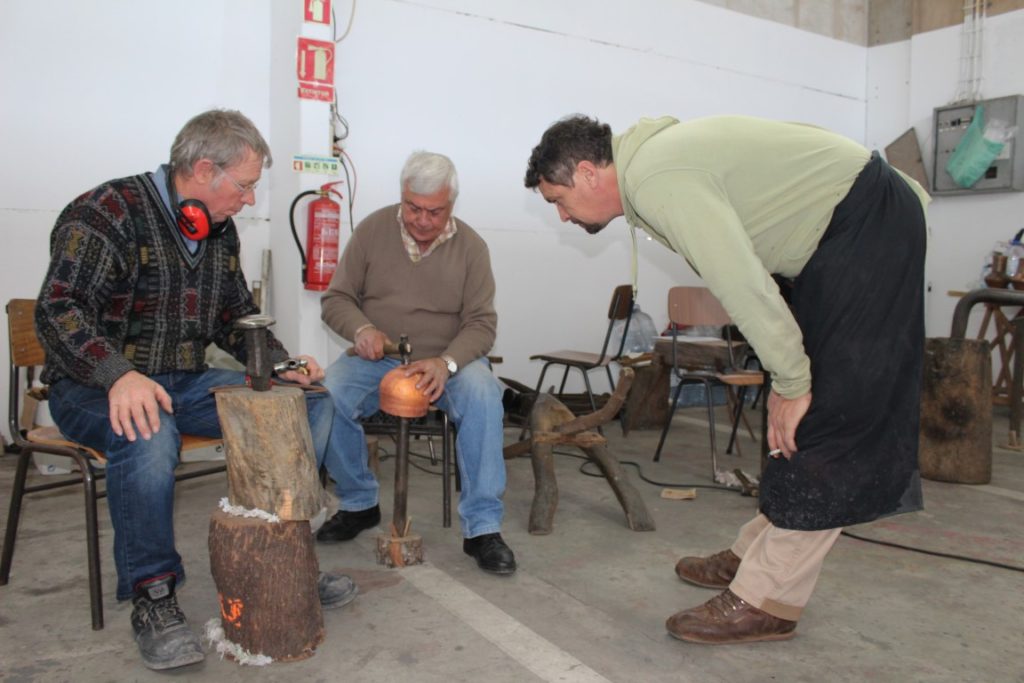
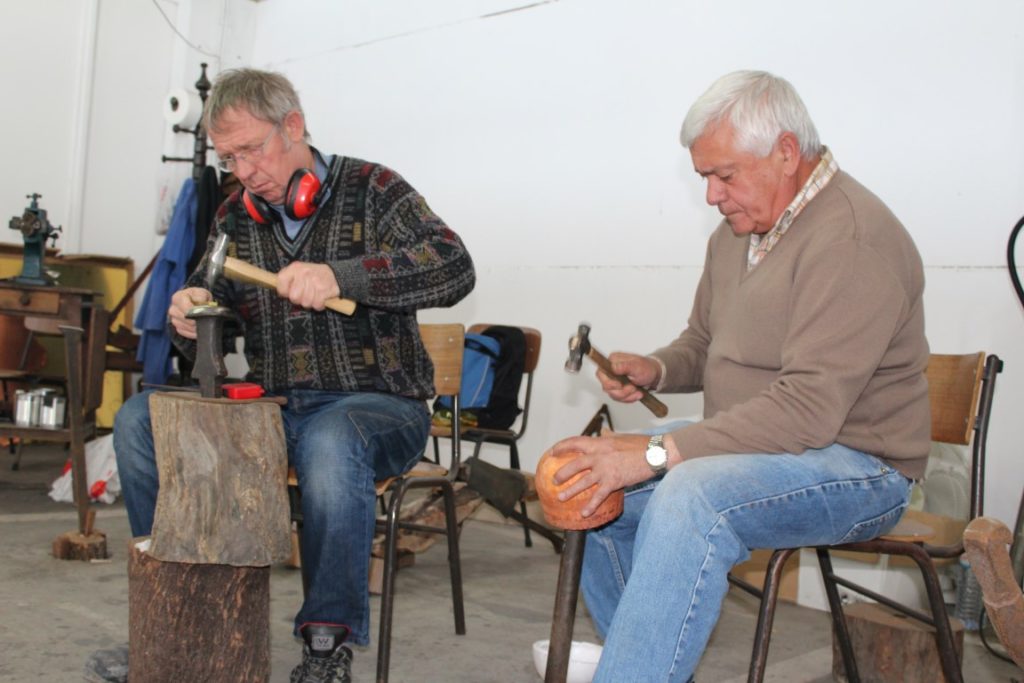
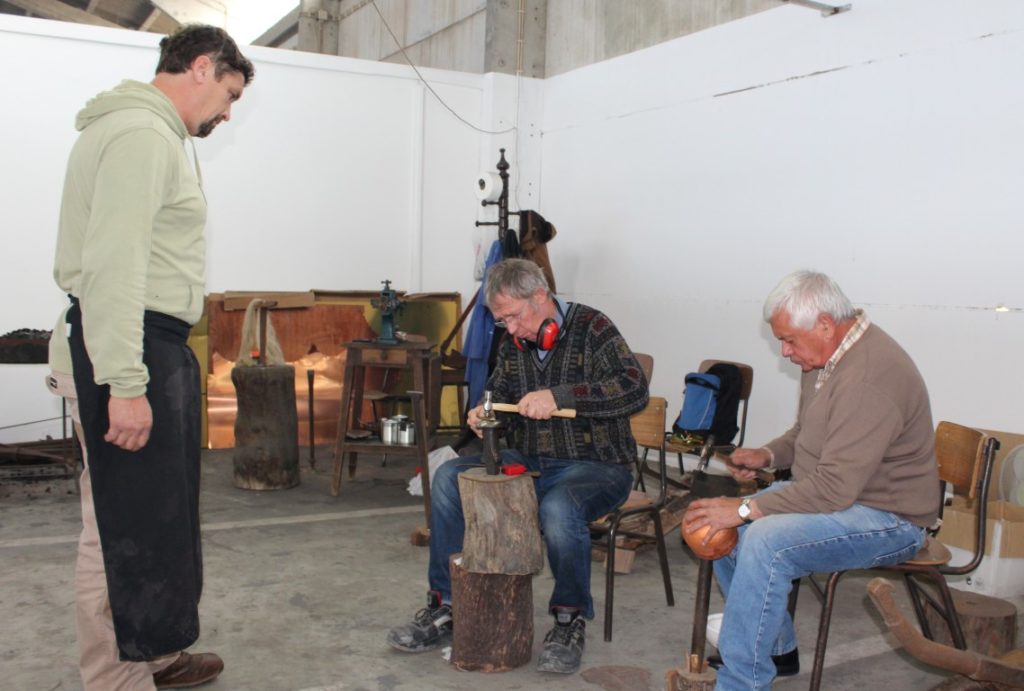
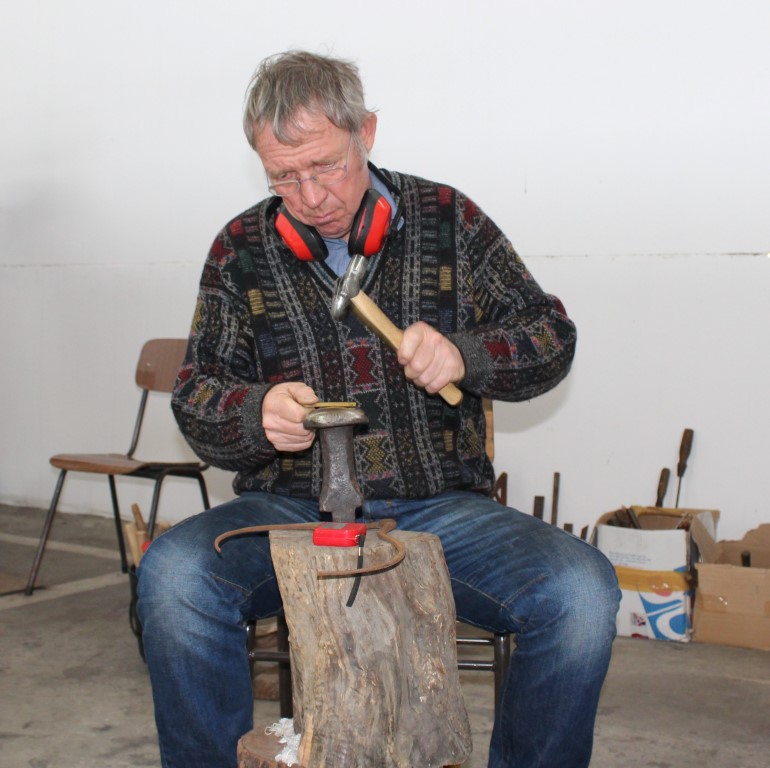


















Comments